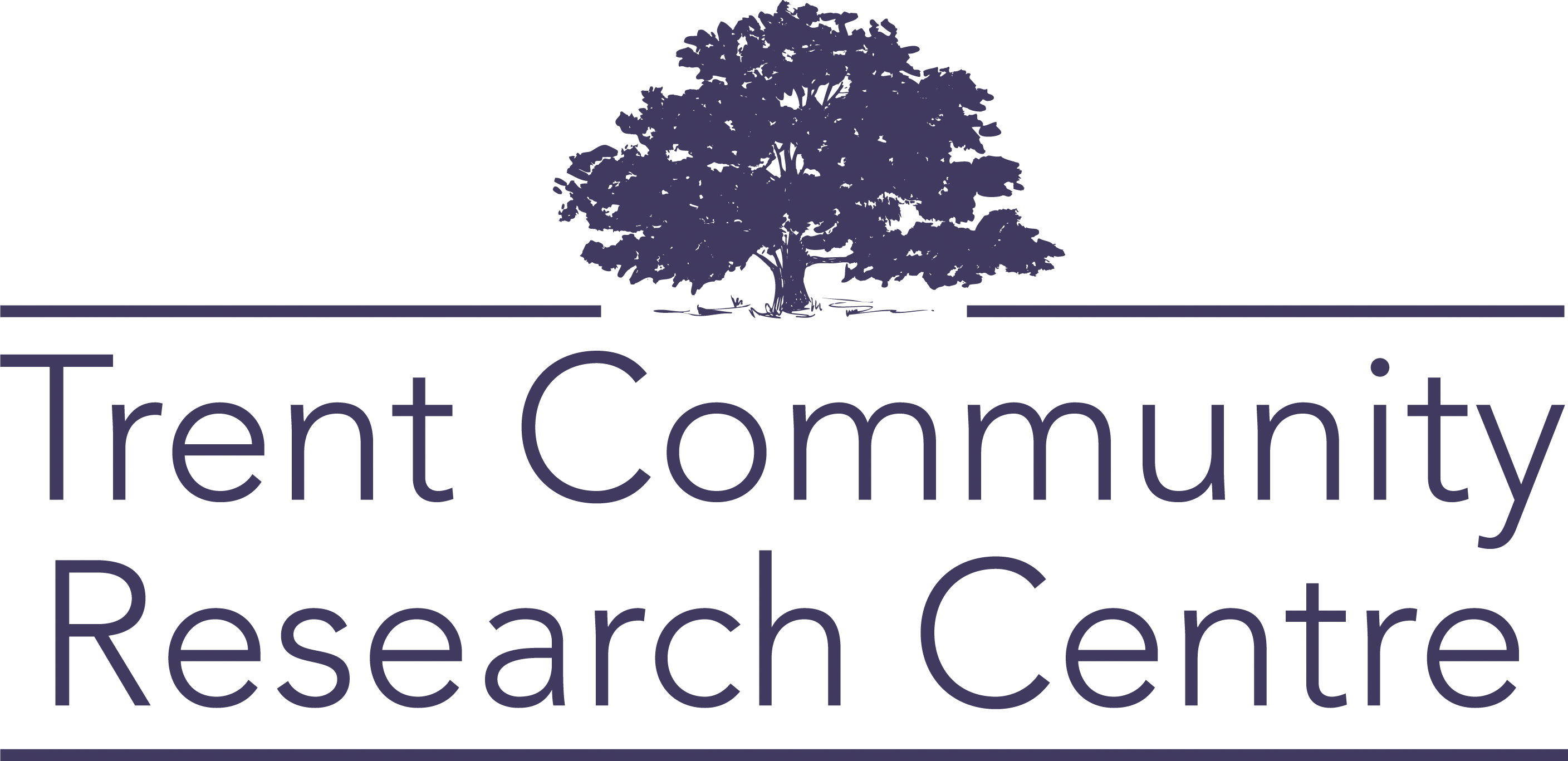Unit 1: Negotiating roles and responsibilities
In this unit, we discuss ideas for developing and nurturing partnerships. We will look at the diverse resources and knowledge that partners can bring to a project, the steps involved in assessing research readiness, the difference between equitable and equal, and how responsibilities and rights are negotiated.
Unit 2: Community-based research with Indigenous communities
In this unit, we consider research with Indigenous communities, including the principles of Respect, Relationships, Relevance, Reciprocity, and Responsibility. We also discuss expectations for working ethically with Indigenous communities.
Voices from the Field
Partnership Advice
Community-based research with Indigenous Peoples
Teaching Case
Case Study: Partnerships
Todd and Amanda are excited about their fourth-year capstone course for their history degree because it involves a community-based research project. They know that it’s going to be a lot of work but have heard so many great things about the course and professor who coordinates it, Dr. Nadia Singh.
In April, at the end of their third year, the class met with Prof. Singh to learn about the expectations for their capstone course. Each student was matched with a research project that came from a range of community organizations. Todd and Amanda were fortunate to be selected to work with the local Pioneer Museum on a project researching the history and everyday use of some recently donated artefacts to the Museum.
Homework for the summer involved getting in touch with the community group and drafting a memorandum of understanding (MOU) for their project. Todd and Amanda knew that an MOU was a partnership agreement with statements that indicate the intentions and plans for the project. It is less formal than a contract but it tries to lay bare the workings of a partnership from the outset to reduce the chance of misunderstanding and conflict later.
Amanda and Mike learned from Prof. Singh that an MOU should lay out the roles and responsibilities for the students, professor, and the Museum staff. This might include things like objectives for the project, deliverables like reports or presentations, timelines and deadlines, resources that each partner will provide, how the work will be evaluated for the academic grade, and how the results of the research will be used.
The curator at the Pioneer Museum provided the following statements about their hopes and expectations for the project:
- We want the students to do archival research about three of the recently donated artefacts to learn about their origins and manufacture, their cost, their use, and their importance in pioneer life. The artefacts are everyday objects that were needed and used by pioneers.
- We hope that the findings can be presented in a narrative write up about the object to more fully tell the stories of pioneers.
- We would also like to produce some draft interpretation materials that can be used to display the collection.
- We can give students daytime access to the artefacts and to our archives once they have been briefed about the proper handling of heritage material.
Amanda and Todd have asked you to help create a template for their MOU.
- What are some things that should be included? Write out some of the draft statements that you imagine Amanda and Todd will need to include.
- How should they involve the Pioneer Museum in drafting and finalizing the MOU?
- There are other students doing similar projects for the Pioneer Museum. How should your MOU relate to theirs, if at all?
Next Module: Approaches and Methods
Back to Main Page
Licensing

Except where otherwise noted, content on this site is licensed under a Creative Commons Attribution 4.0 License.
Where indicated, images, video, and audio have some rights reserved, and you must obtain permission from the copyright owner to use this material.






